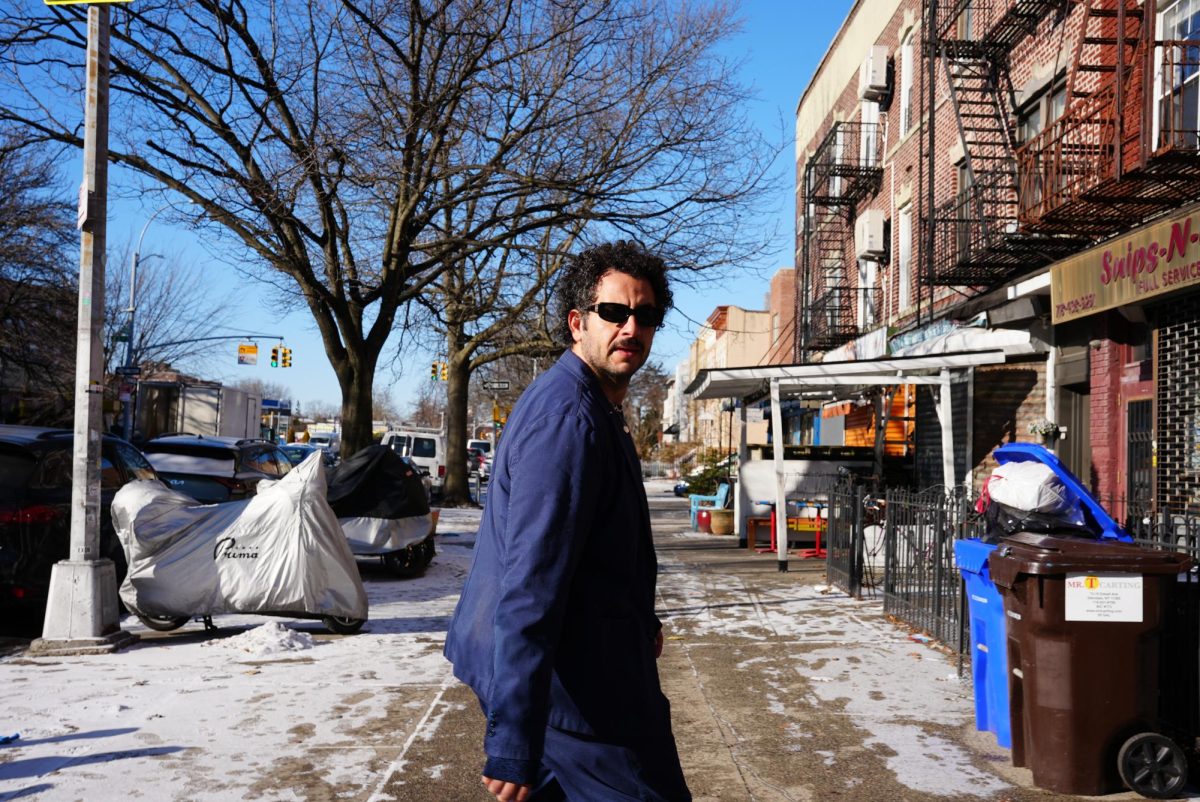The local Hmong community gets a double dip on holiday festivities this week, with the arrival of Thanksgiving and Hmong New Year.
From Nov. 27-29, the Hmong Family Foundation will host a Hmong New Year celebration at the St. Paul RiverCentre. The three-day celebration features Hmong cuisine, dancing and singing contests, Hmong folk music performances, and the Miss Hmong pageant.
The event is rooted in Hmong agricultural and religious traditions. In Hmong villages in Laos, the New Year celebration is a time for courtship, rejoicing with friends and family and seeking blessings from ancestors.
The first Hmong New Year celebration in St. Paul was held in 1977, when a few Hmong refugees came together and organized a small gathering. Over the years, the event continued to expand.
“When the first generation arrived here, they started small; it was just inside their houses. As time went by, more people came to the U.S. They needed a bigger place, so they got the Civic Center,” said A Lee, program manager of the Hmong Minnesota New Year celebration.
Today, the Hmong New Year celebration in St. Paul is one of the biggest Hmong events in the Midwest region.
“We are expecting a minimum of 10,000 [visitors] per day. … People that come to the event are mostly from the Midwest area, but there are also people all the way from California and other parts of the country. We even have people from France and Australia coming,” said Chris Vang, head of public relations for the Hmong Minnesota New Year Celebration.
The impressive scale of the New Year celebration is attributed to the large Hmong presence in the Twin Cities. According to the 2010 census, the Twin Cities metro area is home to 66,000 Hmong, the largest urban Hmong population in the U.S. Vang said because of census discrepancies, the actual number could be anywhere between 70,000 and 78,000.
One of the main highlights of the Hmong Minnesota New Year celebration is the dance programming. The recent evolution of Hmong dance began in the ’70s. At this point, Hmong dance resembled the Laotian dance Morlam, which emphasizes intricate hand gestures as well as the structure and rhythm of music.
Over time, Indian Bollywood influences were added with more focus on hip movements and uniformity. Today, elements such as Korean pop and hip-hop dance have influenced the mix.
“We’ve kept the same tradition with the program, but the number of dance competition registrations has grown over the years. There are 19 teams competing for the prize in the younger age category and 14 in the older age category,” Lee said.
The Hmong Family Foundation seeks to bring the Hmong community together through the New Year celebration. Spreading and preserving Hmong culture through community events is one of their key goals.
While events like Hmong Minnesota New Year encourage younger generations to be open to Western culture, they emphasize appreciation for the rich history and traditions of the Hmong.
“The goal is educational and community gathering. We have to have [the celebration] every year as a tradition. … The main point is to preserve a traditional culture for the Hmong community,” Vang said.







